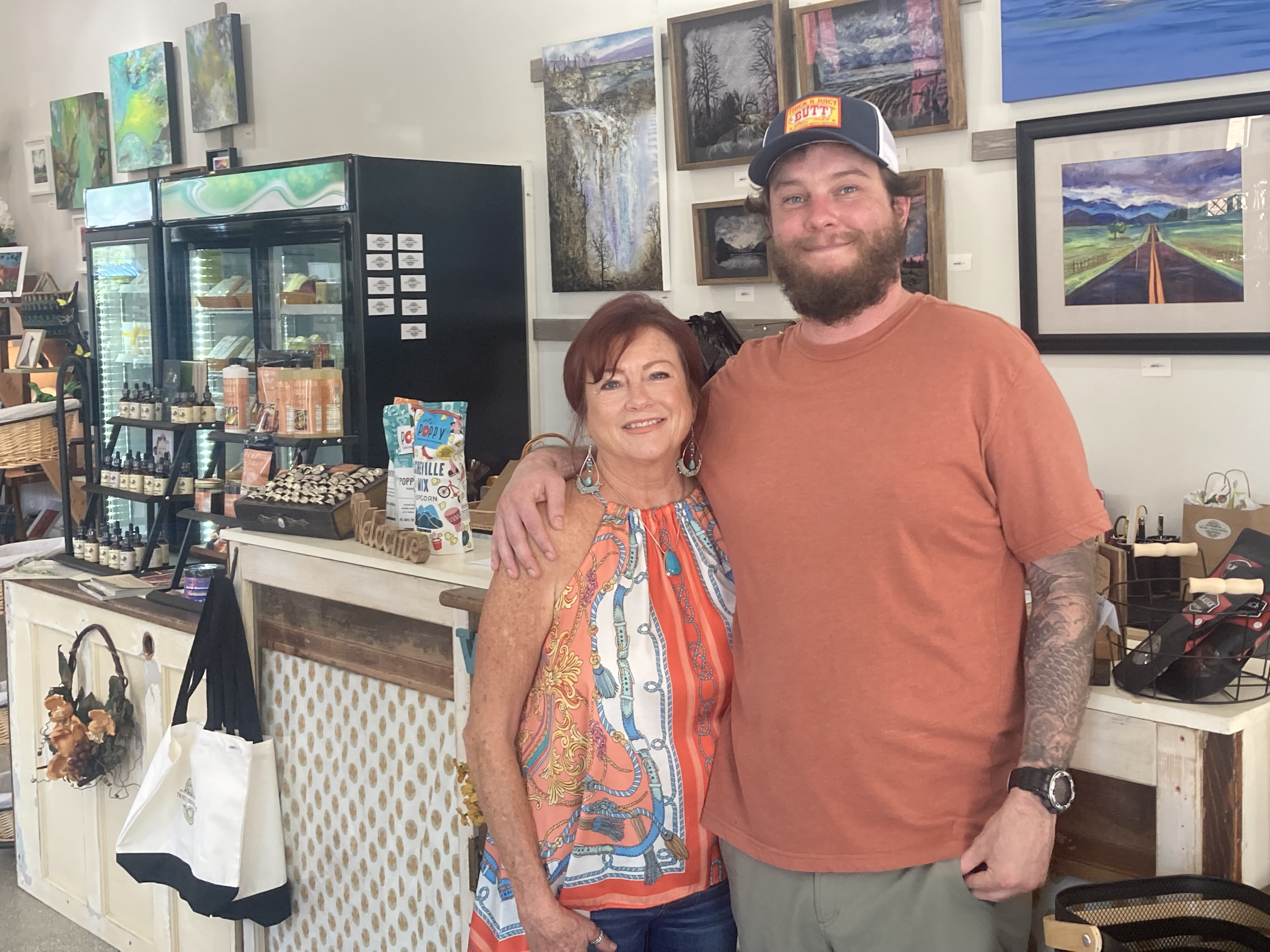The Blue Wall casts a long shadow
Published 1:13 pm Wednesday, July 2, 2025
|
Getting your Trinity Audio player ready...
|
By Josh Lanier
Here in the South Carolina foothills, the land rolls like waves beneath the shadow of the mountains, the hills and valleys rising and falling with the rhythm of the great sea of time. The landscape is shaped not only by wind and water but also by the hands of those who have passed through, leaving their footprints in the loamy soil. The topography bears the memory of native peoples and settlers from faraway lands. In time, indigenous earthen mounds and palisades gave way to frontier cabins and church houses, and eventually, agricultural fields and river bottoms became sites to build cotton mills. Just as the land was shaped by its inhabitants throughout history, the landscape leaves its mark on people and their culture. It is the only place I have ever called home, and it has influenced everything from the way I live to my views on society.
Since an early age, the woods and creeks of the area have been my refuge. I got to know the flora and fauna of my little patch of wildness on a personal level. My play consisted of reenacting scenes from movies about early wilderness explorers and fur trappers, Cherokee hunters and warriors. The books I read fueled my imagination. I despised school, but stories like Hatchet by Gary Paulsen, Twain’s Tom Sawyer and Huckleberry Finn, along with details of Native Americans and frontiersmen found in the pages of my history books, provided the inspiration for countless days among the pines, oaks, and hickories.
Growing up, I was steeped in Southern culture. My parents and grandparents, friends and neighbors represented to me a cross-section of traditions, beliefs, and language of the Upland South. My people are deeply rooted in the region, from the southern slopes of the Blue Ridge to the farms and cotton mills of the upper piedmont. I grew up in a family with a strong oral tradition. Having sat at the feet of these wonderful storytellers, it was only natural that I would eventually become a writer.
Lately, I have been thinking a lot about transitions. Life is full of them. From childhood to adolescence, young adulthood to midlife, older adulthood to the grave, we have either just entered a transitional period or we have just come out of one. I’m in a transitional phase right now. Then there are transitional areas that are geographical in nature, such as my place, where the rolling hills of the Piedmont meet the abrupt upslope of the mountains. Spending the majority of my life living in that transition zone we call the Blue Wall, I am forever aware of how subtle or dramatic transitions can be, whether they involve topography and natural features or life in general.
I have learned to embrace transitions, and as I have matured, I have learned to take life and the natural order of things as they come. In life as in art, I have come to appreciate the still life.






